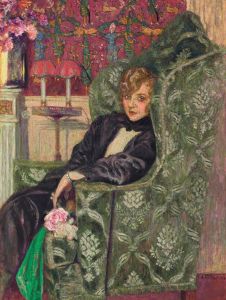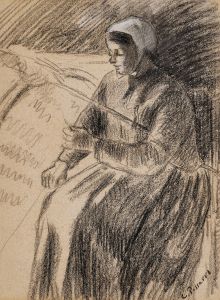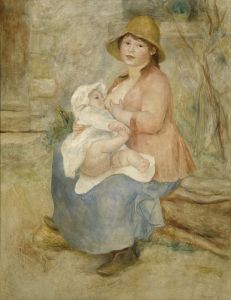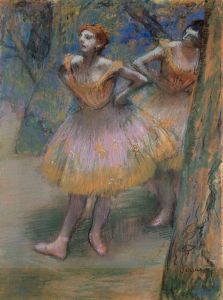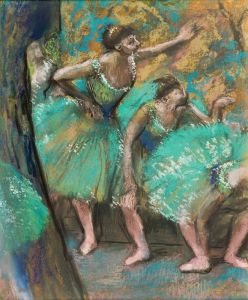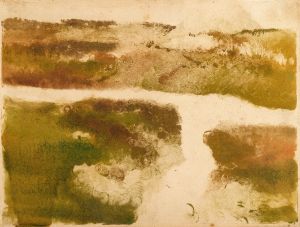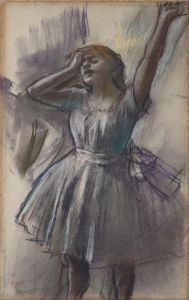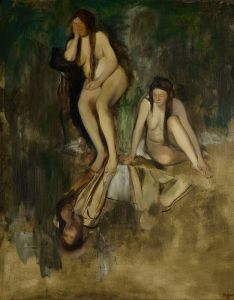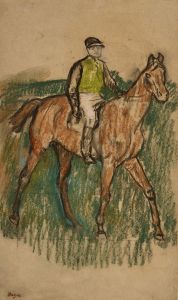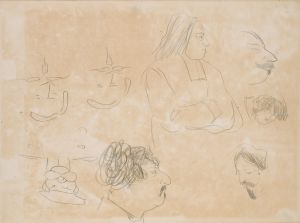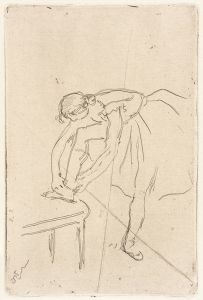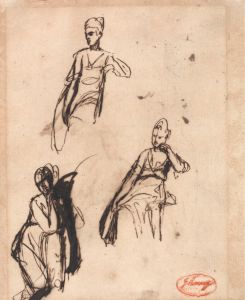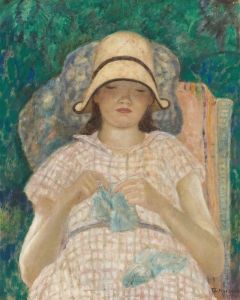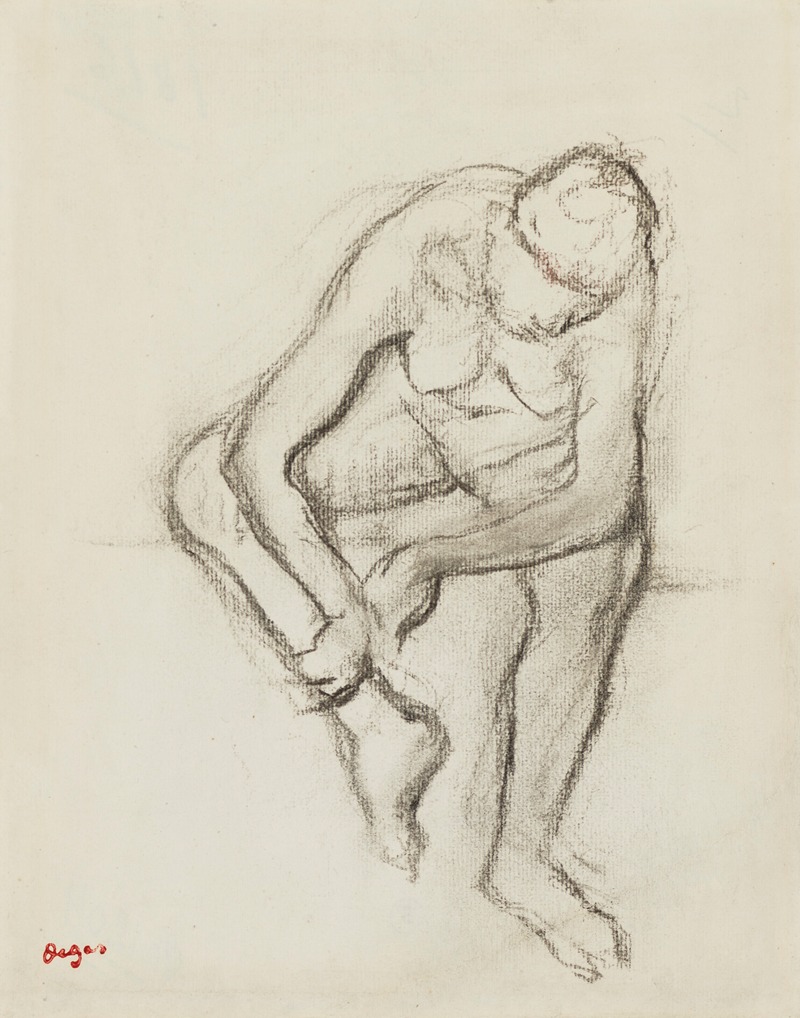
Femme nue, assise
A hand-painted replica of Edgar Degas’s masterpiece Femme nue, assise, meticulously crafted by professional artists to capture the true essence of the original. Each piece is created with museum-quality canvas and rare mineral pigments, carefully painted by experienced artists with delicate brushstrokes and rich, layered colors to perfectly recreate the texture of the original artwork. Unlike machine-printed reproductions, this hand-painted version brings the painting to life, infused with the artist’s emotions and skill in every stroke. Whether for personal collection or home decoration, it instantly elevates the artistic atmosphere of any space.
Edgar Degas, a prominent French artist associated with the Impressionist movement, is renowned for his mastery in capturing the human form, particularly through his depictions of dancers, bathers, and intimate moments of everyday life. One of his works, Femme nue, assise (translated as Seated Nude Woman), exemplifies his skill in portraying the human body with a focus on naturalism and subtle emotion.
Femme nue, assise is a pastel drawing that depicts a nude woman seated in a relaxed, introspective pose. The artwork reflects Degas's interest in the human figure, particularly in moments of unguarded vulnerability. The woman is shown sitting with her body slightly turned, her posture conveying a sense of quiet contemplation. Degas's use of pastel—a medium he frequently employed—allows for a soft, textured effect that enhances the naturalistic quality of the figure's skin and the play of light and shadow.
Degas often worked with live models, and his approach to depicting the nude was grounded in observation rather than idealization. Unlike traditional academic nudes, which often presented the human body in idealized or heroic poses, Degas's nudes are characterized by their candid and unembellished realism. This approach is evident in Femme nue, assise, where the figure's pose and expression suggest a moment of private reflection rather than a staged or theatrical presentation.
The exact date of creation for Femme nue, assise is not definitively documented, but it is believed to have been produced during the late 19th century, a period when Degas was increasingly focused on exploring the female form through pastels and other media. During this time, he created numerous studies of women in various states of undress, often in domestic or intimate settings. These works were not intended to be erotic but rather to capture the natural, unposed beauty of the human body.
Degas's use of pastel in this work demonstrates his technical expertise and innovative approach to the medium. He layered and blended colors to create a sense of depth and texture, achieving a lifelike representation of the figure's form. The muted tones and delicate shading contribute to the overall mood of the piece, emphasizing the quiet and introspective nature of the scene.
As with many of Degas's works, Femme nue, assise reflects his interest in capturing fleeting moments and the subtleties of human emotion. The artwork is a testament to his ability to combine technical precision with a deep sensitivity to the human experience, making it a significant example of his contribution to modern art.





